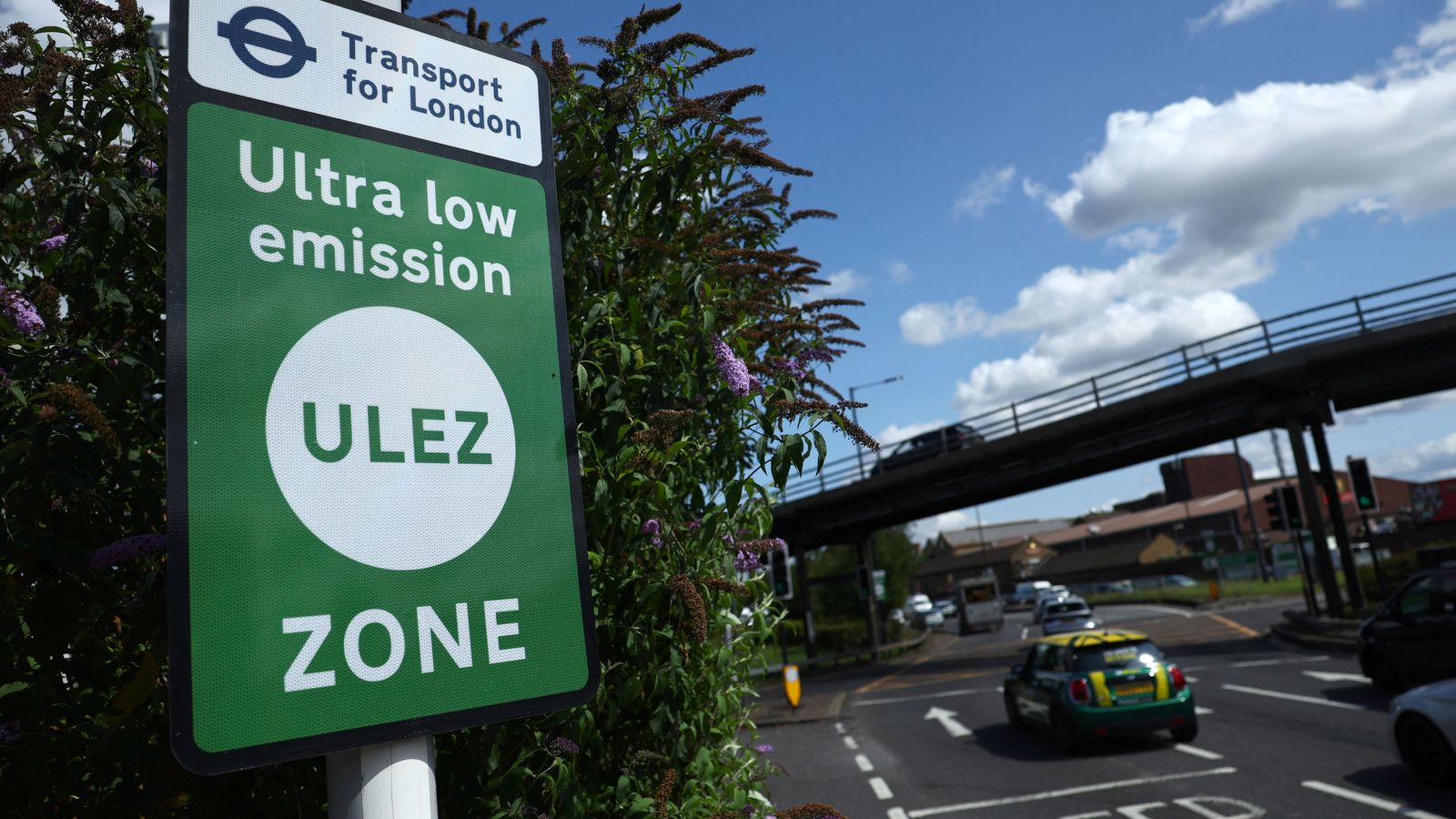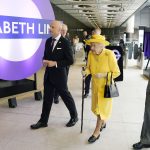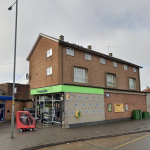Adverts for the expansion of London’s Ultra Low Emission Zone (ULEZ) made claims which were “likely to mislead” about pollution levels across London and inside cars, a watchdog has found.
The Advertising Standards Authority (ASA) said it had received complaints about claims in a radio ad commissioned by Transport for London (TfL) on levels of nitrogen dioxide (NO2).
TfL, which runs ULEZ, said NO2 levels had reduced by almost half as a result of the scheme – but the watchdog said these were not based on measurements of air quality taken before and after it was implemented.
Instead, TfL based its claim on calculating the difference between current air quality measurements and a “non-ULEZ scenario”, but without qualifying this for listeners and likely misleading them, the ASA found.
The ASA also upheld complaints about claims in a second TfL ad on how most deaths related to air pollution “actually” occurred in outer London, when this was in fact based on modelled estimates.
The ASA said the ad was likely to mislead listeners because it did not explain the basis of the claim.
In a separate ruling, the ASA found a claim made in a radio ad by the Greater London Authority (GLA) which stated “according to research, one of the most polluted places in London is inside your car” was misleading.
The ASA said evidence provided by the GLA did establish car users were exposed to air pollution when inside their vehicle and it could be higher than when using other forms of transport.
However, the GLA had not directly compared pollution inside a car in London with other locations around the city, meaning it had not been adequately substantiated and was likely to mislead listeners.
The ASA said it received a total of 504 complaints about six TfL ads for ULEZ and 38 complaints about the GLA ad, only some of which were upheld.
The ULEZ is a flagship policy of the Mayor of London, Sadiq Khan, who has insisted it is “vital”.
Please use Chrome browser for a more accessible video player
TfL said it was “disappointed” with the ASA’s ruling, adding how scientific analysis based on modelled scenarios and estimates was “standard practice” in the scientific community and central government.
A TfL spokeswoman added: “The ASA did not challenge the science. Its ruling centres around a minor technical point in some ads.
“It is also clear from robust scientific assessment that the central London ULEZ was key to almost halving the nitrous oxide emissions in the original ULEZ area.”
Read more on Sky News:
Government taken to court over chicken poo in river
Sleepy polar bear image wins top wildlife prize
Be the first to get Breaking News
Install the Sky News app for free
In November, a new independent analysis revealed air quality in London had improved since the introduction of the first low-emission zone in the capital in 2008.
A team from the University of Bath said the launch of the scheme 15 years ago – and the subsequent introduction of ULEZ in 2019 – helped reduce particulate matter in Greater London by 13% between 2008 and 2013, compared to 2003 to 2007.






















